Product Overview
Oxymetholone Capsules are compounded oral formulations containing the synthetic androgen and anabolic steroid oxymetholone, a 17-α-alkylated derivative of testosterone originally introduced for the management of aplastic and other refractory anemias. Early clinical investigations highlighted its capacity to stimulate erythropoiesis by promoting erythropoietin-independent proliferation of erythroid progenitors, translating into meaningful increases in hemoglobin and hematocrit in otherwise transfusion-dependent patients.[1]
Although the drug has remained in limited therapeutic use for over six decades, contemporary interest has broadened to include wasting conditions, certain endocrinologic disorders, and select catabolic states. Its high oral bioavailability and potent anabolic-to-androgenic activity ratio confer advantages where parenteral therapy is impractical, yet these same characteristics underpin distinctive safety concerns that necessitate individualized risk-benefit assessment.[2]
Physicochemically, oxymetholone is practically insoluble in water but readily dissolves in alcohols and lipids, making lipid-filled hard-gelatin capsules an efficient delivery vehicle. Standard compounded strengths of 25 mg and 50 mg permit flexible titration across pediatric and adult body-weight ranges while maintaining uniform content uniformity and dissolution profiles consistent with United States Pharmacopeia specifications.[3]
Within the United States, compounded oxymetholone is dispensed strictly by prescription through 503A pharmacies that prepare patient-specific lots under state board oversight. No over-the-counter presentations exist, and prescribers are obligated to counsel patients regarding federal controlled-substance regulations, mandatory monitoring parameters, and the absence of Food and Drug Administration pre-market evaluation for compounded formulations.[4]
Therapeutic dosing in anemia typically ranges from 1 to 2 mg kg⁻¹ day⁻¹ divided into one or two administrations, with clinical responses evaluated at six-week intervals and dose escalation up to 5 mg kg⁻¹ justified only when hematologic indices fail to improve and hepatic transaminases remain within twice the upper limit of normal.[23]
In wasting syndromes, randomized trials have supported starting regimens of 50 mg twice daily for eight weeks followed by a maintenance phase of 50 mg on alternate days to balance anabolic efficacy with hepatic safety; liver-function testing should accompany every refill cycle.[24]
After oral ingestion, oxymetholone is absorbed in the proximal small intestine and undergoes first-pass hepatic metabolism with formation of active 2-hydroxymethylene and reduced metabolites that retain anabolic activity, contributing to prolonged pharmacodynamic effects despite a relatively short plasma half-life.[5]
The parent molecule binds the cytosolic androgen receptor, inducing a conformational change that facilitates receptor dimerization, nuclear translocation, and interaction with androgen-responsive elements on chromatin. Transcriptional up-regulation of genes involved in ribosomal biogenesis, insulin-like growth factor-1 signaling, and amino-acid transport results in net protein accretion within skeletal muscle and, importantly, the erythroid lineage.[6]
Distinct from testosterone, oxymetholone resists aromatization and 5-α-reduction but paradoxically exhibits partial estrogen-receptor agonism in vitro, a property invoked to explain its unique propensity for water retention. Concurrent up-regulation of erythropoietin-independent transcription factors and increased red-cell 2,3-bisphosphoglycerate may further potentiate oxygen delivery, a mechanism exploited in the management of chronic anemias.[7]
At supratherapeutic exposures, anabolic signaling cascades can exceed physiologic control, leading to feedback suppression of the hypothalamic-pituitary-gonadal axis, altered lipid homeostasis, and hepatocellular stress-effects that inform both dosing ceilings and laboratory surveillance recommendations.[8]
Clinically significant hepatic dysfunction, particularly cholestatic or neoplastic disease, constitutes an absolute contraindication because 17-α-alkylated androgens such as oxymetholone may precipitate fulminant jaundice or accelerate tumor growth via mitogenic pathways.[9]
The manufacturer’s prescribing information further excludes use in male patients with carcinoma of the breast or prostate due to the risk of androgen-driven tumor progression, and in female patients with hypercalcemia secondary to malignant disease, where anabolic steroids may exacerbate osteolytic activity.[10]
Known hypersensitivity to any component of the capsule formulation, including gelatin or dye excipients, also precludes therapy; idiosyncratic cutaneous eruptions, though rare, have been documented in post-marketing pharmacovigilance reports.[11]
Patients with severe renal impairment, uncontrolled heart failure, or polycythemia vera should be treated cautiously or avoided altogether, as androgen-induced fluid retention and erythrocytosis can aggravate hypertension, edema, and thrombotic risk. In bone-marrow-failure syndromes scheduled for hematopoietic transplantation, prolonged pre-conditioning exposure has been linked to peliosis hepatis and catastrophic hepatic hemorrhage.[12]
Comprehensive interaction databases list more than eighty potential drug pairings, of which anticoagulants, hypoglycemic agents, and hepatotoxic drugs warrant the greatest vigilance.[13]
Potentiation of vitamin K antagonists appears to arise from decreased procoagulant synthesis and altered warfarin metabolism; clinical guidance therefore recommends pre-emptive dose reduction of anticoagulants and frequent international normalized ratio assessments during the first two weeks of combined therapy[14].
Concomitant administration with other hepatoxic compounds-including azole antifungals, high-dose acetaminophen, and certain antitubercular agents-can compound hepatic enzyme elevations, necessitating baseline and periodic liver-function tests. Dose adjustments of oxymetholone or the interacting drug should follow established hepatology algorithms.[15]
Formal pharmacokinetic evaluations suggest oxymetholone may induce cytochrome P450 3A4, yet case literature implicates both induction and inhibition depending on substrate and patient genotype. A notable clinical report described fatal hepatocellular carcinoma development in a patient receiving long-term oxymetholone and phenytoin, underscoring the complexity of metabolic crosstalk in polytherapy contexts.[16]
Beyond anticipated anabolic benefits, compounded oxymetholone carries a boxed warning for hepatotoxicity. Archived labeling details cases of cholestatic hepatitis, peliosis hepatis, hepatic adenomas, and, rarely, hepatocellular carcinoma after cumulative doses exceeding 30 g.[17]
Renal sequelae, including rhabdomyolysis-induced acute kidney injury, have been described even at bodybuilding doses below 100 mg daily, with biopsy specimens revealing myoglobin-cast nephropathy and acute tubular necrosis.[18]
Long-term observational studies link anabolic-androgenic steroid exposure to benign and malignant hepatic tumors via oxidative DNA damage and aberrant Wnt signaling; clinicians should integrate periodic ultrasound or magnetic-resonance imaging into monitoring protocols for high-risk cohorts.[19]
Class-wide androgen interactions with pyrimidine metabolism and platelet activation potentiate thromboembolic events, particularly in individuals co-treated with corticosteroids or possessing inherited thrombophilias. A historic case-control analysis catalogued overt bleeding episodes within 72 hours of initiating anabolic therapy in patients stabilized on warfarin.[20]
Oxymetholone is contraindicated in pregnancy. Preclinical data demonstrate virilization of female fetuses, skeletal malformations, and placental insufficiency, leading regulatory agencies to assign the compound to the highest risk category for teratogenicity.[21]
Because inadvertent exposure may still occur, reproductive-age patients must employ reliable contraception throughout therapy and for at least one complete ovulatory cycle after discontinuation.
Lactation safety has not been established, and excretion in human milk remains unquantified, hence breastfeeding is discouraged.[22]
Oxymetholone Capsules should be stored at controlled room temperature between 20 °C and 25 °C. Protection from excessive humidity is essential; compounding pharmacists typically employ desiccant-lined amber bottles to limit hydrolysis and photodegradation.[25]
- Pavlatos, A. M., Fultz, O., Monberg, M. J., & Vootkur, A. (2001). Review of oxymetholone: a 17-α-alkylated anabolic-androgenic steroid. Clinical Therapeutics, 23(6), 789-801. https://doi.org/10.1016/S0149-2918(01)80070-9
- DrugBank. (2025). Oxymetholone (DB06412). Retrieved June 23, 2025, from https://go.drugbank.com/drugs/DB06412
- ScienceDirect Topics. (2025). Oxymetholone. Retrieved June 23, 2025, from https://www.sciencedirect.com/topics/medicine-and-dentistry/oxymetholone
- Chaipokam, J., & Rojnuckarin, P. (2025). Good response to oxymetholone in adult aplastic anemia. Annals of Hematology. https://doi.org/10.1007/s00277-025-06460-5
- You, Z., Heiman, A. S., Chen, M., & Lee, H. J. (1980). Effect of a single oral dose of oxymetholone on steroid metabolism. Journal of Steroid Biochemistry, 13(2), 167-174. https://doi.org/10.1016/0022-4731(80)90209-8
- National Toxicology Program. (2021). 15th Report on Carcinogens: Oxymetholone. https://www.ncbi.nlm.nih.gov/books/NBK590816/
- Petrovic, A., et al. (2022). Anabolic androgenic steroid-induced liver injury: An update. World Journal of Gastroenterology, 28(26), 3071-3080. https://doi.org/10.3748/wjg.v28.i26.3071
- RxList. (2025). Anadrol-50 (oxymetholone) - Drug Information. Retrieved June 23, 2025, from https://www.rxlist.com/anadrol-50-drug.htm
- LiverTox. (2019). Androgenic Steroids. National Institute of Diabetes and Digestive and Kidney Diseases. https://www.ncbi.nlm.nih.gov/books/NBK548931/
- Unimed Pharmaceuticals. (2004). Anadrol-50 (oxymetholone) Tablets - Package Insert. https://www.accessdata.fda.gov/drugsatfda_docs/label/2004/16848s021lbl.pdf
- Drugs..com. (2025). Oxymetholone - Professional Patient Advice. https://www.drugs.com/ppa/oxymetholone.html
- Tsirigotis, P., et al. (2007). Peliosis hepatis following androgen-steroid therapy in bone-marrow failure. Haematologica, 92(11), e112-e115. https://doi.org/10.3324/haematol.11343
- Drugs..com. (2025). Oxymetholone Interactions Checker. Retrieved June 23, 2025, from https://www.drugs.com/drug-interactions/oxymetholone.html
- Medscape. (2025). Anadrol (oxymetholone) Monograph. Retrieved June 23, 2025, from https://reference.medscape.com/drug/anadrol-50-oxymetholone-342785
- Drugs..com. (2025). Oxymetholone Dosage Guide. Retrieved June 23, 2025, from https://www.drugs.com/dosage/oxymetholone.html
- Kosaka, A., et al. (1996). Hepatocellular carcinoma associated with anabolic steroid therapy. Journal of Gastroenterology, 31(3), 450-454. https://doi.org/10.1007/BF02355039
- DailyMed. (2021). ANADROL-50 (oxymetholone) tablet - Label Revision 7. https://dailymed.nlm.nih.gov/dailymed/archives/fdaDrugInfo.cfm?archiveid=610572
- Foumani, A. T., & Elyasi, F. (2018). Oxymetholone-induced acute renal failure: A case report. Caspian Journal of Internal Medicine, 9(4), 410-412. https://doi.org/10.22088/cjim.9.4.406
- Sergi, C., et al. (2023). Anabolic androgenic steroids and hepatocellular adenoma. Pathophysiology, 30(1), 55-67. https://doi.org/10.3390/pathophysiology30010005
- Smith, P., & Lowe, G. (1982). Danazol and oral anticoagulants: A bleeding interaction. Scottish Medical Journal, 27(4), 414-416. https://doi.org/10.1177/003693308202700414
- Drugs..com. (2025). Oxymetholone Use During Pregnancy. Retrieved June 23, 2025, from https://www.drugs.com/pregnancy/oxymetholone.html
- RxList. (2025). Oxymetholone - Generic Drug Information. Retrieved June 23, 2025, from https://www.rxlist.com/oxymetholone/generic-drug.htm
- Drugs..com. (2025). Androgens and Warfarin Interaction Report. Retrieved June 23, 2025, from https://www.drugs.com/interactions-check.php?drug_list=2167-0,2311-0
- Kara, H., et al. (2024). Platelet-rich plasma mitigates oxymetholone-induced oxidative stress. Diseases, 11(2), 84. https://doi.org/10.3390/diseases11020084
- Hampson, K., et al. (1972). Oxymetholone in the treatment of anemia in chronic renal failure. BJU International, 44(2), 100-107. https://doi.org/10.1111/j.1464-410X.1972.tb10097.x
- Hengge, U., et al. (2003). Double-blind randomized placebo-controlled phase III trial of oxymetholone for HIV wasting. AIDS, 17(4), 699-710. https://doi.org/10.1097/00002030-200303070-00010
- Environment Canada. (2024). Oxymetholone photolysis and environmental fate. https://www.sciencedirect.com/topics/pharmacology-toxicology-and-pharmaceutical-science/oxymetholone
- Silva, R., et al. (2023). Biomarkers of renal injury in anabolic-steroid users. Research, Society and Development, 12(3), e32108. https://doi.org/10.33448/rsd-v12i3.32108
- Hernández, E., et al. (2022). Study of Anadrol overdose on kidney in a rat model. Mediterranean Journal of Nutrition and Metabolism, 15(2), 99-106. https://www.minarjournal.com/dergi/study-the-effects-of-anadrol-overdose-on-kidney-in-rat-model20220721021548.pdf
- Neuwirth, J. (2003). Warfarin and its drug and food interactions: A systematic overview. JAMA Internal Medicine, 163(7), 829-835. https://doi.org/10.1001/archinte.163.7.829
- Shahbaz, A., et al. (2023). Development of liver cancers as an unexpected consequence of anabolic steroid use. Cureus, 15(2), e29213. https://doi.org/10.7759/cureus.29213
- DDInter 2.0. (2025). Interaction between oxymetholone and warfarin. https://ddinter2.scbdd.com/server/interact/106709/
- Arnold, G., & Kaplan, M. M. (1979). Peliosis hepatis due to oxymetholone: a clinically benign disorder. American Journal of Gastroenterology, 71(3), 213-216.
- ScienceDirect Topics. (2025). Oxymetholone in neuroscience. Retrieved June 23, 2025, from https://www.sciencedirect.com/topics/neuroscience/oxymetholone
- World Journal of Gastroenterology. (2022). Case series of cholestatic injury after oxymetholone. World Journal of Gastroenterology, 28(26), 3081-3085. https://doi.org/10.3748/wjg.v28.i26.3081
- Wikipedia. (2025). Oxymetholone. Retrieved June 23, 2025, from https://en.wikipedia.org/wiki/Oxymetholone
Is oxymetholone legal for athletic enhancement?
No; it is a Schedule III controlled substance and is banned by all major sporting bodies.[26]
How soon can increases in hemoglobin be expected?
Reticulocytosis typically appears within ten days, with hemoglobin rising after three to six weeks.[28]
Does food affect absorption?
High-fat meals modestly delay absorption but do not significantly alter bioavailability; consistent administration with or without food is advised.[29]
Can I drink alcohol while taking oxymetholone?
Alcohol potentiates hepatic stress and should be minimized or avoided during therapy.[30]
Are mood changes common?
Some users report irritability or aggression attributable to androgenic activity; dose adjustment may ameliorate symptoms.[31]
What monitoring is required?
Baseline and quarterly liver panel, lipid profile, hematocrit, and prostate-specific antigen in males over forty are recommended.[32]
Will therapy affect fertility?
Suppression of gonadotropins can reduce spermatogenesis or ovulation; effects are often reversible after discontinuation.[33]
Is dose tapering necessary when stopping?
Gradual reduction over two to four weeks mitigates rebound catabolism and endocrine disturbance.[34]
Can capsules be opened and mixed with food?
Opening compromises dosing accuracy and mucosal safety; intact swallowing is strongly preferred.[35]
How should missed doses be handled?
Take the missed capsule as soon as remembered unless it is almost time for the next dose; doubling up is discouraged.[36]
Disclaimer: This compounded medication is prepared under section 503A of the U.S. Federal Food, Drug, and Cosmetic Act. Safety and efficacy for this formulation have not been evaluated by the FDA. Therapy should be initiated and monitored only by qualified healthcare professionals.
Related medications
503A vs 503B
- 503A pharmacies compound products for specific patients whose prescriptions are sent by their healthcare provider.
- 503B outsourcing facilities compound products on a larger scale (bulk amounts) for healthcare providers to have on hand and administer to patients in their offices.
Frequently asked questions
Our team of experts has the answers you're looking for.
A clinical pharmacist cannot recommend a specific doctor. Because we are licensed in all 50 states*, we can accept prescriptions from many licensed prescribers if the prescription is written within their scope of practice and with a valid patient-practitioner relationship.
*Licensing is subject to change.
Each injectable IV product will have the osmolarity listed on the label located on the vial.

Given the vastness and uniqueness of individualized compounded formulations, it is impossible to list every potential compound we offer. To inquire if we currently carry or can compound your prescription, please fill out the form located on our Contact page or call us at (877) 562-8577.
We source all our medications and active pharmaceutical ingredients from FDA-registered suppliers and manufacturers.

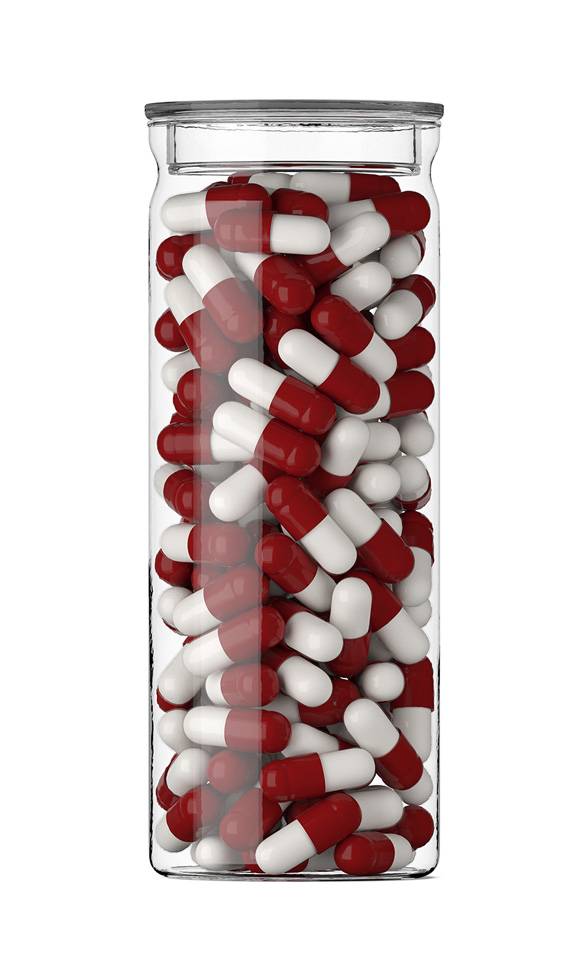
 Oxandrolone Troches
Oxandrolone Troches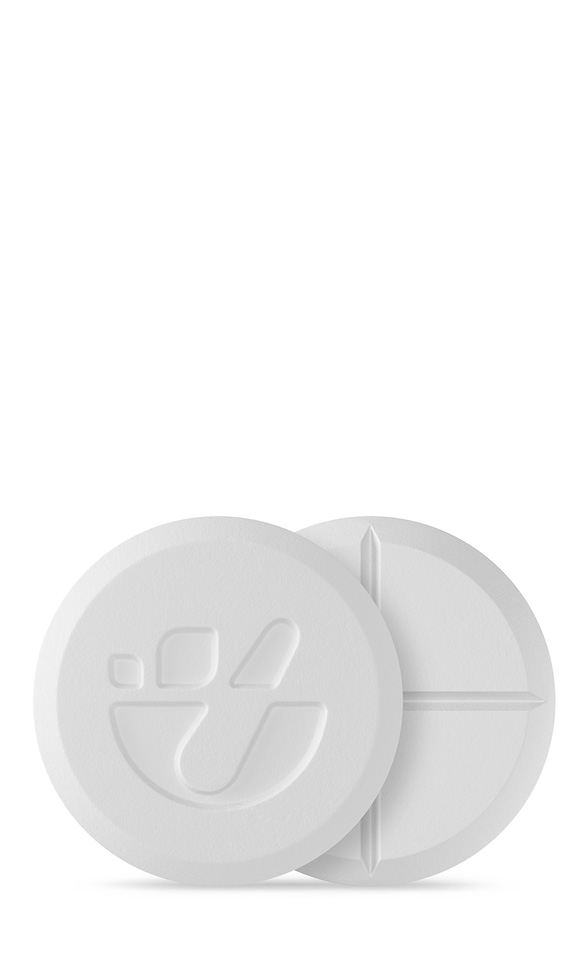 Oxandrolone Tablets
Oxandrolone Tablets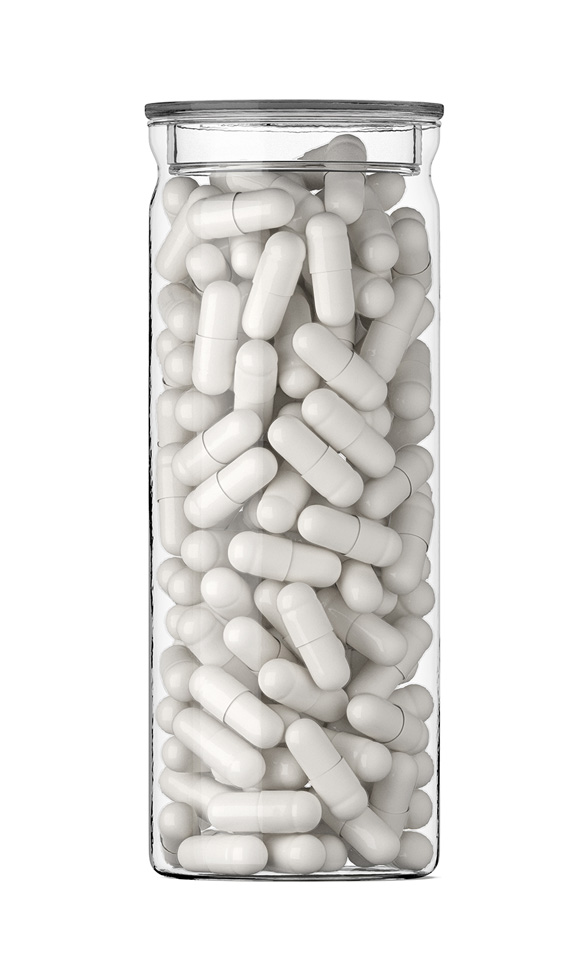 Stanozolol Capsules
Stanozolol Capsules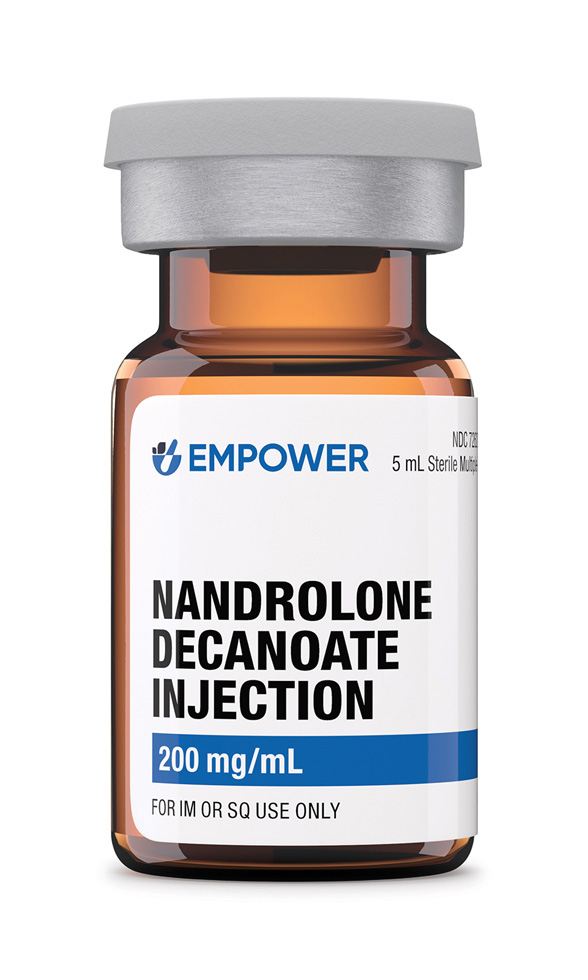 Nandrolone Decanoate Injection
Nandrolone Decanoate Injection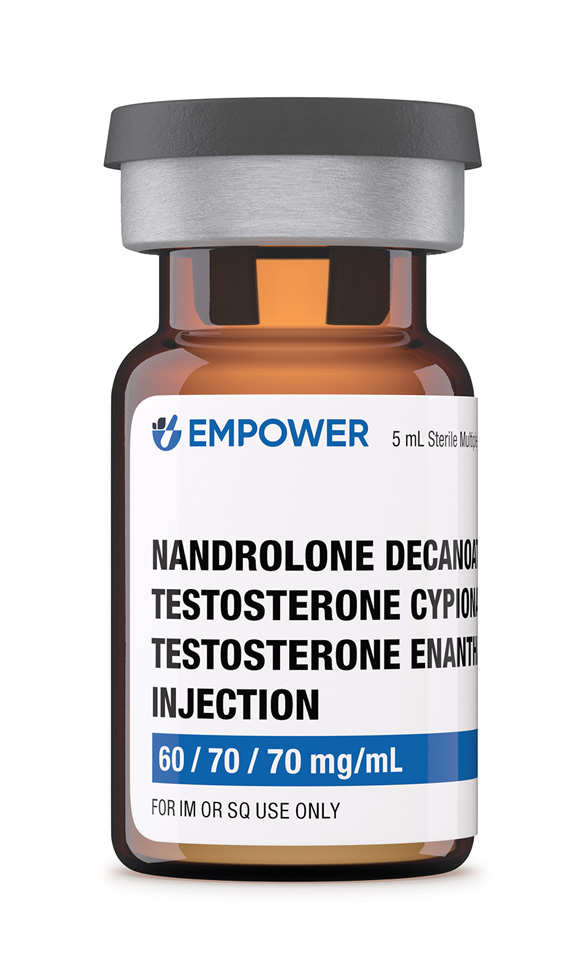 Nandrolone Decanoate / Testosterone Cypionate / Testosterone Enanthate Injection
Nandrolone Decanoate / Testosterone Cypionate / Testosterone Enanthate Injection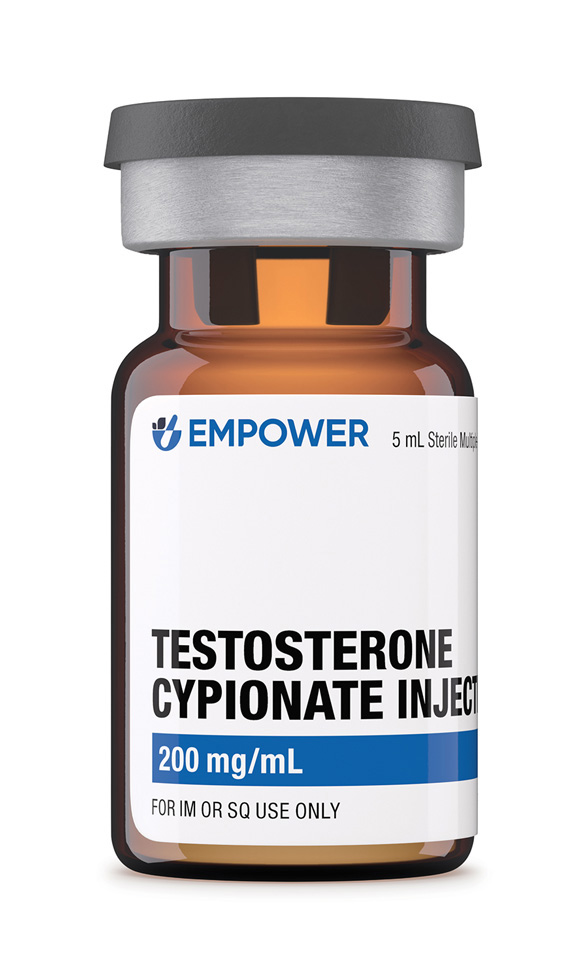 Testosterone Cypionate Injection
Testosterone Cypionate Injection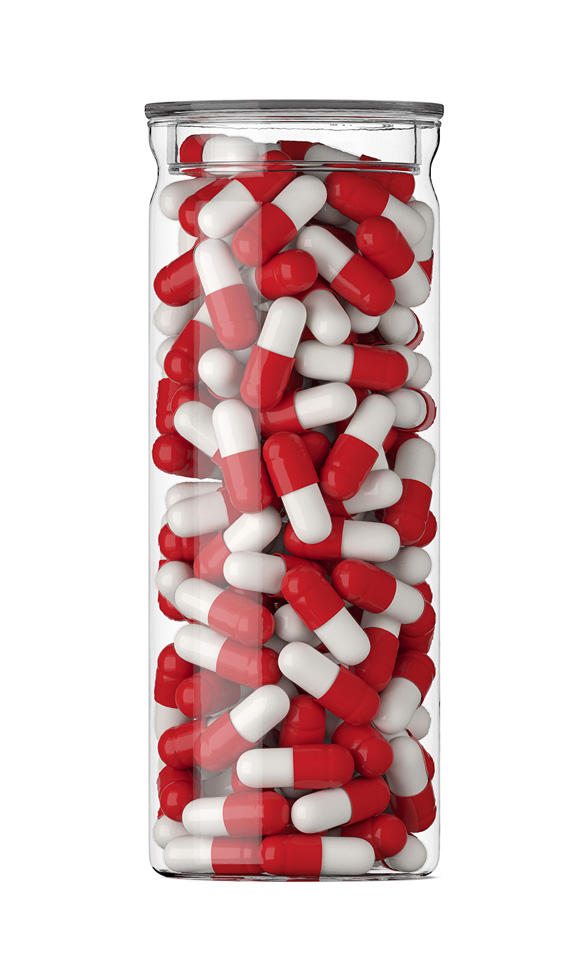 Anastrozole Capsules
Anastrozole Capsules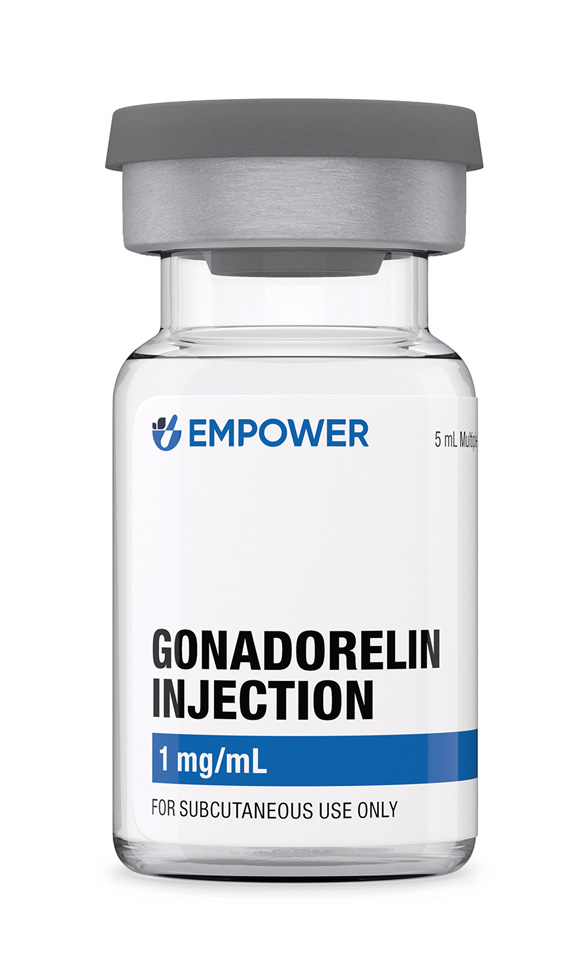 Gonadorelin Injection
Gonadorelin Injection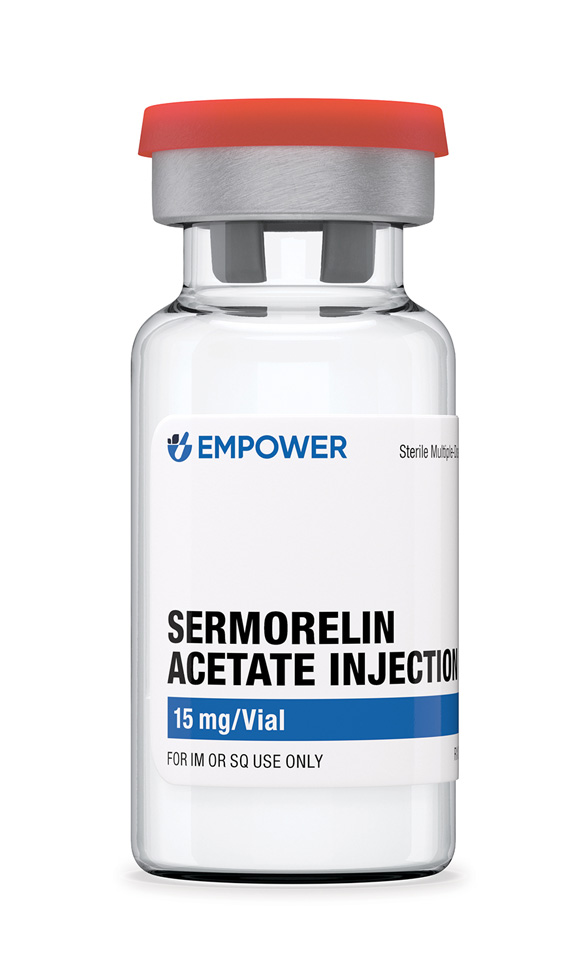 Sermorelin Acetate Injection
Sermorelin Acetate Injection